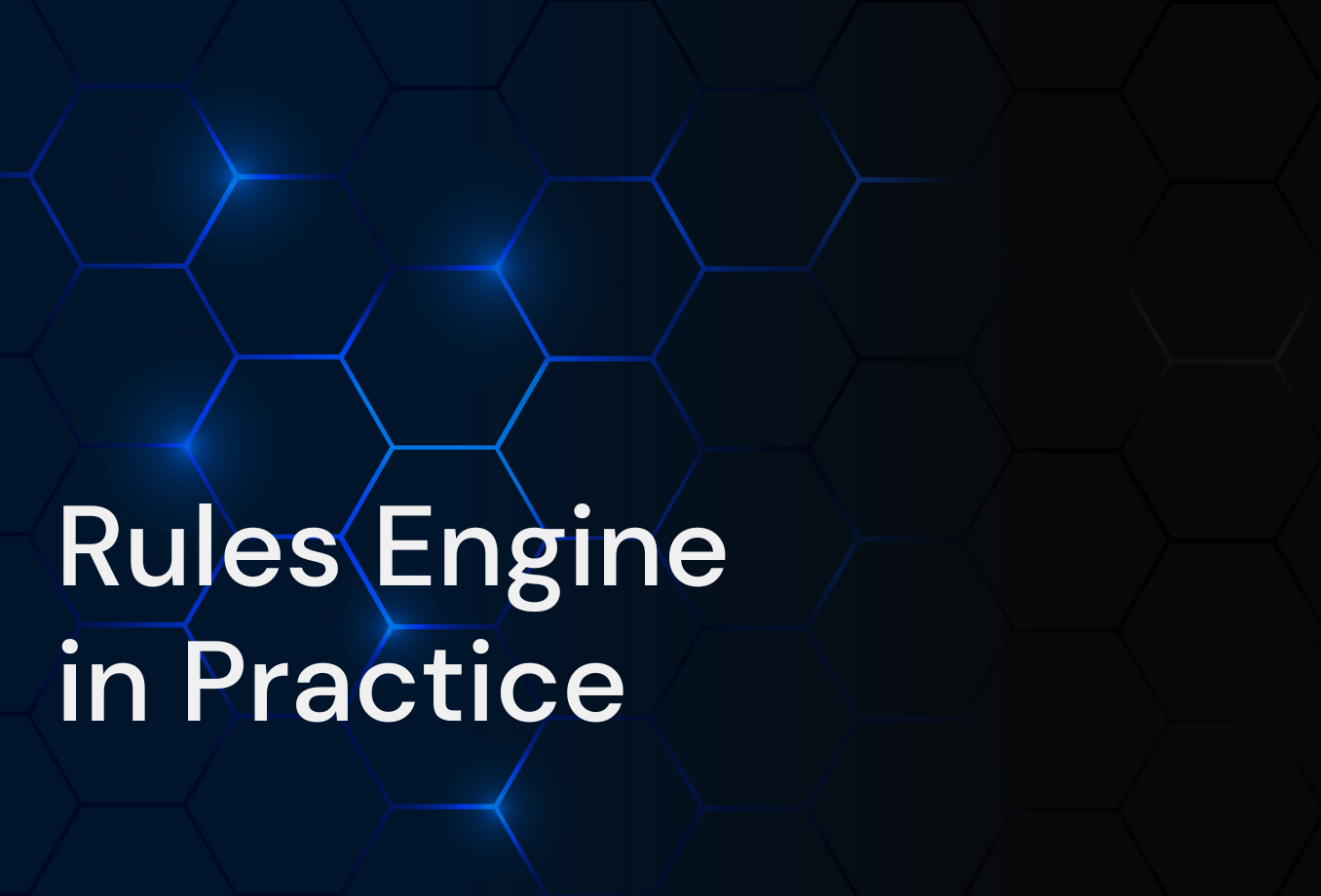The insurance industry is overcrowded and competitive. Aggressive and tech-savvy companies are entering the insurance market, using innovative and disruptive strategies to compete with established carriers.
It’s no secret that the insurance industry struggles to build strong relationships with customers. Typically, insurance companies have difficulty with maintaining customer engagement outside a claim or a renewal. This is mostly because the industry is highly commoditized and customer engagement is both limited and superficial.
Consumers often can’t tell insurers apart and make decisions based on price alone. As if that wasn’t enough, the increasing popularity of comparison sites allows consumers to easily find the insurance company that has the best deal at the lowest price. This pushes many insurance providers to disproportionately focus on price.
The end result is a race to the bottom where insurance companies prioritize cost management, which reduces the quality of customer services and increases customer churn.
So how can insurance companies encourage both prospects and customers to look beyond the price tag?
Consumers expect personalization and to feel appreciated by brands. Insurance companies that don’t adapt to emerging trends run the risk of becoming complacent and losing market share.
To strengthen relations with customers, insurers need to look at offering a broad range of services to maximize relevance. For instance, life insurance carriers should go beyond merely paying when there is a claim. Instead, they need to offer helpful services to their customers who are under stress: registering a death, handling paperwork, contacting relevant authorities, and offering financial guidance.
The way forward then is to offer personalized services to specific groups in order to enhance the customer experience.
This is where customer segmentation comes in.
What is Customer Segmentation?
Customer segmentation is the practice of dividing customers into groups that share important characteristics, needs, and goals. This way businesses can offer various tailor-made products and services to different segments. By creating specialized products and services, a business can cater to the needs of a wide range of customers.
The Traditional Approach to Customer Segmentation
The traditional insurance segmentation process relies only on basic demographic information such as age, gender, and life stage.
This type of market segmentation gets the job done in markets with little competition.
However, this weak approach to customer segmentation often creates sweeping generalizations and stereotyping.
Therefore, in today’s competitive and customer-centric insurance business, this model doesn’t cut it.
Unsurprisingly, generic customer segmentation produces lackluster results. Many large carriers are losing market share simply because they haven’t overhauled their antiquated customer segmentation model in years.
It’s time that insurers take a smarter approach to customer segmentation.
Customer-Centric Customer Segmentation
A customer-centric approach is based on a continuous process of discovery and change.
Things are becoming a lot more nuanced and fluid. It’s now accepted that just because two individuals were born at the same time doesn’t necessarily mean they have the same experiences, goals, attitudes, and needs in life.
This way of segmenting customers is proven to give businesses more reliable insights.
In the age of consumers who increasingly dictate how their insurers should meet their needs, customer-centric segmentation enhances their relevance and value by offering more personalized services.
Moving from years of simple segmentation to a hyper-personalized approach means insurance companies need to look at ‘lifestyle’ and not ‘age/gender’ data in order to create a holistic customer profile.

Today’s consumers want to be respected as individuals with their own different stories whether they be single parents, young professionals still in debt, or career-minded traditionalists.
And yet so many insurers still classify consumers using simple demographic descriptions. However, age, gender, and employment status don’t shed light on career goals or personal passions.
Consumers want engaged insurers who cater to the needs of diverse groups of individuals, each on their own journey.
Consistent and comprehensive market research and insightful customer data is the foundation on which effective customer segmentation rests. This is the only way that insurers can engage their customers and learn about their challenges, needs, and goals.
How Customer Segmentation Brings Value to the Insurance Industry
Once customer segments are created, they can be used to provide hyper-personalized products to a diverse array of customers. Customer segmentation makes developing products and marketing messages easier.
There are three important ways that customer segmentation helps insurance companies stay ahead of the competition.
Optimizing Marketing Campaigns
Dividing customers into more manageable groups makes it easier to timely launch relevant campaigns using the most appropriate channels. Engaging your target audience where and how they prefer gives insurers the ability to brand products more effectively and increase customer satisfaction.
Therefore, customer segmentation identifies specific marketable segments, allowing insurers to use different strategies to push renewals and upsells.
Insurance companies can also automate marketing campaigns to target policyholders with appropriate products as they achieve new milestones in life such as getting married or having a baby. Or alternatively, for less momentous events; discounts on car insurance for a policyholder buying a new vehicle.
Identifying New Opportunities
Grouping customers into segments helps insurance companies identify new prospects with similar traits. As a result, insurers can discover untapped and profitable customer segments.
Also, oftentimes customer segmentation proves a lot of our assumptions wrong. For instance, it can show that our assumptions about the interest or need for certain features are actually very low in the marketplace. As a result, insurers can avoid wasting resources developing and promoting products that don’t have a market.

On the other hand, customer segmentation can identify market trends that are not obvious and find ways of effectively meeting demand.
Increasing Customer Retention Rates
By creating relevant offers that provide high-value experiences, a business can obtain customer loyalty. Satisfied customers remain longer, renew at higher prices, and recommend businesses to friends and family. Customer segmentation greatly helps with customer retention, and conventional wisdom tells us that acquiring new customers is far more expensive than keeping existing ones.
At the same time, by catering to the needs of the most valuable policyholders, insurance companies improve customer experience and increase customer retention rates.
Data-driven customer segmentation also gives insurers the ability to nip costly problems in the bud. Insurance providers can use the behavioral data of their customers to identify risks or opportunities and generate effective responses.
For example, an insurance provider can identify a customer segment with a bad claims experience. This group can be targeted with a timely marketing message, perhaps a couple of months before their policy expires. The insurer could acknowledge and apologize for the issue and offer a discount for an early renewal. This kind of personalized messaging is a good way for an insurer to mitigate harm from previous mistakes.
As you can see, customer segmentation provides tremendous advantages over the “one-size-fits-all” approach. Basically, insurance companies can’t run effectively based only on assumptions.
Smart customer segmentation gives insurance companies a detailed overview of their customers, allowing them to engage their policyholders at the right time with the right message and offer.
The Customer Segmentation Tool for Insurance Companies
Leading insurers are creating customer engagement using innovative and personalized products that are updated and improved on a regular basis. And all this while shedding costs.
One of the most efficient ways to do that is by using a business rules engine. A business rules engine is a software program that manages business rules. Think of business rules as “if-then” statements. A basic example of a rule would be, “If A, then do B, else if X, then do Y.”
These simple but powerful conditional statements can help an insurance company segment its customers according to unique and specific criteria.
For example, an insurance company might have the following rule: if a customer is under 30 years old, then offer them a 10% discount.
The carrier could call this segment the “Early Adopters.” These are young buyers who use technology to make healthcare decisions, choose insurance plans, and keep track of their health.
This segment is also most likely to be in excellent health. Therefore, an insurer might have the following rule: if a customer is under 30 and prefers to communicate online, then offer an app that has customer rankings of in-network hospitals.
Higson is a hyper-efficient business rules engine that doesn't require any coding or technical skills. This gives it an ideal position to create personalized insurance products.
Its user-friendly interface empowers business users to make complicated changes to insurance plans without having to wait for help from IT. Therefore, Higson turns months into minutes by giving business users control over product development and deployment. As a result, insurance companies can respond to changing market conditions in a matter of minutes.
Next Steps
How insurance companies respond not just to the pandemic’s impact but consumer preferences will play a critical role in their success going forward.
Customer segmentation is a proven way for insurance companies to create deep relationships with their customers.
By creating actionable customer segments, insurance companies can create engagement that builds customer loyalty, and increases overall customer lifetime value.
Coming up with innovative insurance products, marketing strategies, and personalized experiences is only possible with effective customer segmentation. The biggest differentiator in 2022 and beyond is going to be the customer-centric approach to segmentation.
The demand for tailored and niche insurance products will only continue to grow. Insurers that offer plans aimed at particular demographic groups, such as young professionals or retirees, will see their market share increase.
Higson is the tool that gives insurers the necessary insight and flexibility to offer highly personalized products that build brand loyalty, reduce churn, and meet customer expectations.
If you’d like to learn more about why leading insurance companies choose Higson, please take a look at how we helped give them an edge over their competitors.

Take Full Control of Your Product Logic
We provide fee Proof Of Concept, so you can see how Higson can work with your individual business logic.





.png)
